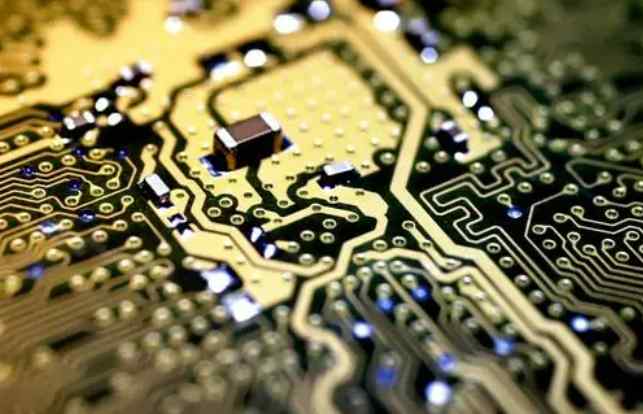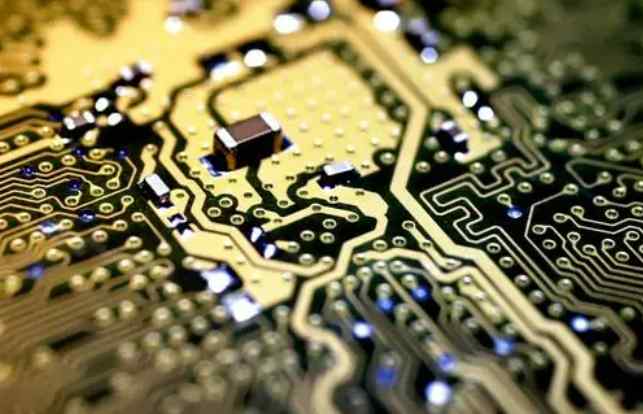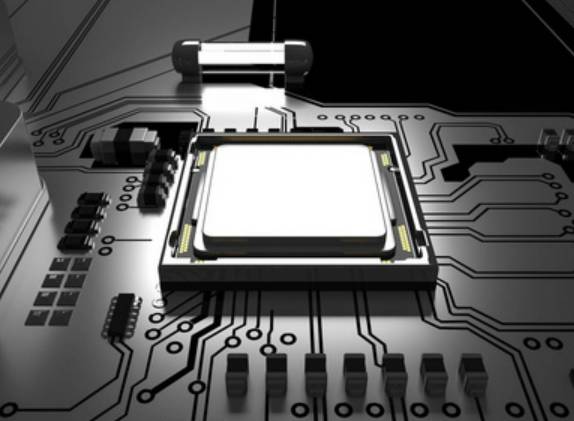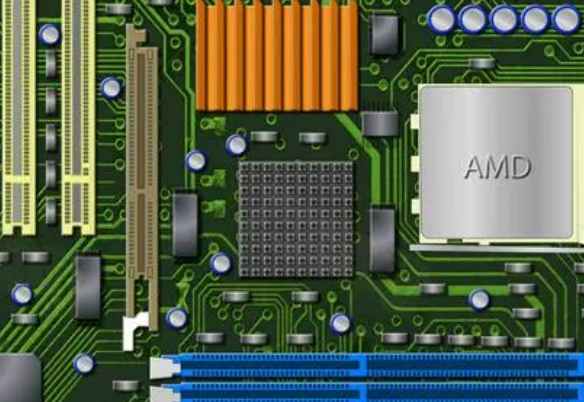
High-speed circuit design is a very complex design process. Many factors need to be considered in high-speed circuit design, and sometimes these factors are opposed to each other. For example, when high-speed devices are arranged close to each other, although the delay can be reduced, crosstalk and significant thermal effects may occur. Therefore, in the design, need to weigh each factor, make a comprehensive compromise consideration; Not only meet the design requirements, but also reduce the design complexity. Based on the analysis of PCB routing, layout and design of high-speed PCB, this paper introduces the design of controllability and electromagnetic compatibility of high-speed PCB.
The first PCB wiring
In PCB design, wiring is an important step to complete the product design, it can be said that the previous preparatory work is done for it, in the whole PCB, the wiring design process to limit the highest, the most fine skills, the largest workload. PCB routing includes single - sided routing, double - sided routing and multi - layer routing. There are also two ways of wiring: automatic wiring and interactive wiring, before automatic wiring, you can use interactive in advance to the requirements of strict line wiring, input and output side lines should avoid adjacent parallel, so as to avoid reflection interference. Grounding should be added when necessary, two adjacent layers of wiring should be vertical to each other, parallel easy to produce parasitic coupling.
The rate of automatic wiring depends on good layout, wiring rules can be set in advance, including the number of bending times, the number of through holes, the number of steps and so on. Generally, first explore the cloth warp, quickly connect the short line, and then labyrinth wiring, first to cloth the wire for global wiring path optimization, it can be disconnected according to the need of the cloth line. And try rewiring to improve the overall effect.
For the current high density PCB design has felt through the hole is not suitable, it wastes a lot of valuable wiring channels, in order to solve this contradiction, the blind hole and buried hole technology, it not only completed the role of the through hole, but also save a lot of wiring channels to complete the wiring process more convenient, more smooth, more perfect, PCB board design process is a complex and simple process, in order to master it well, still need the majority of electronic engineering design personnel to experience, in order to get the true meaning of it.
1. Processing of power supply and ground wire
Even if the wiring in the whole PCB board is completed very well, but because of the power supply, ground wire is not thoughtful and caused by interference, will make the performance of the product decline, sometimes even affect the success rate of the product. Therefore, the wiring of electricity and ground wire should be taken seriously, and the noise interference generated by electricity and ground wire should be reduced to a minimum to ensure the quality of products.

For every engineering personnel engaged in the design of electronic products, it is clear that the cause of the noise between the ground wire and the power line is generated. Now, only the reduced noise suppression is described:
(1) It is well known that a decoupling capacitor is added between the power supply and the ground wire.
(2) Try to widen the width of the power supply and ground wire, it is best that the ground wire is wider than the power cable, their relationship is: ground wire > power cable > signal cable, usually signal cable width is: 0.2 ~ 0.3mm, the narrowest width can be up to 0.05 ~ 0.07mm, the power line is 1.2 ~ 2.5mm, the digital circuit PCB can be composed of wide ground wires to form a loop, that is, to form a ground network to use (analog circuit can not be used in this way)
(3) With a large area of copper layer for ground, in the printed board is not used in the place are connected with the ground as ground. Or made of multilayer board, power supply, ground wire each occupy a layer.
2. Common ground processing of digital circuit and analog circuit
There are now many PCBS that are no longer single-function circuits (digital or analog), but consist of a mix of digital and analog circuits. Therefore, it is necessary to consider the interference between them when wiring, especially the noise interference on the ground wire.
The frequency of digital circuit is high, and the sensitivity of analog circuit is strong. For the signal line, the high-frequency signal line is far away from the sensitive analog circuit device as far as possible. For the ground wire, the rectifier PCB has only one node to the outside world, so the problem of number and mode common ground must be handled inside the PCB. And inside the board the digital and analog ground is actually separate and they are not connected to each other, only in the PCB and the external connection interface (such as plugs, etc.). There is a little bit of short circuiting between digital and analog, but note that there is only one connection point. There are also differences on the PCB, which is determined by the system design.
3. Wiring processing of signal cables in the electrical (ground) floor
Signal line cloth on the electrical (ground) layer in the multi-layer printed board wiring, because in the signal line layer is not finished the line is not much, and then more layers will cause waste will also increase the production of a certain amount of work, the cost is increased accordingly, in order to solve this contradiction, can consider wiring on the electrical (ground) layer. The power layer should be considered first and the formation second. Because it's better to preserve the integrity of the formation.









